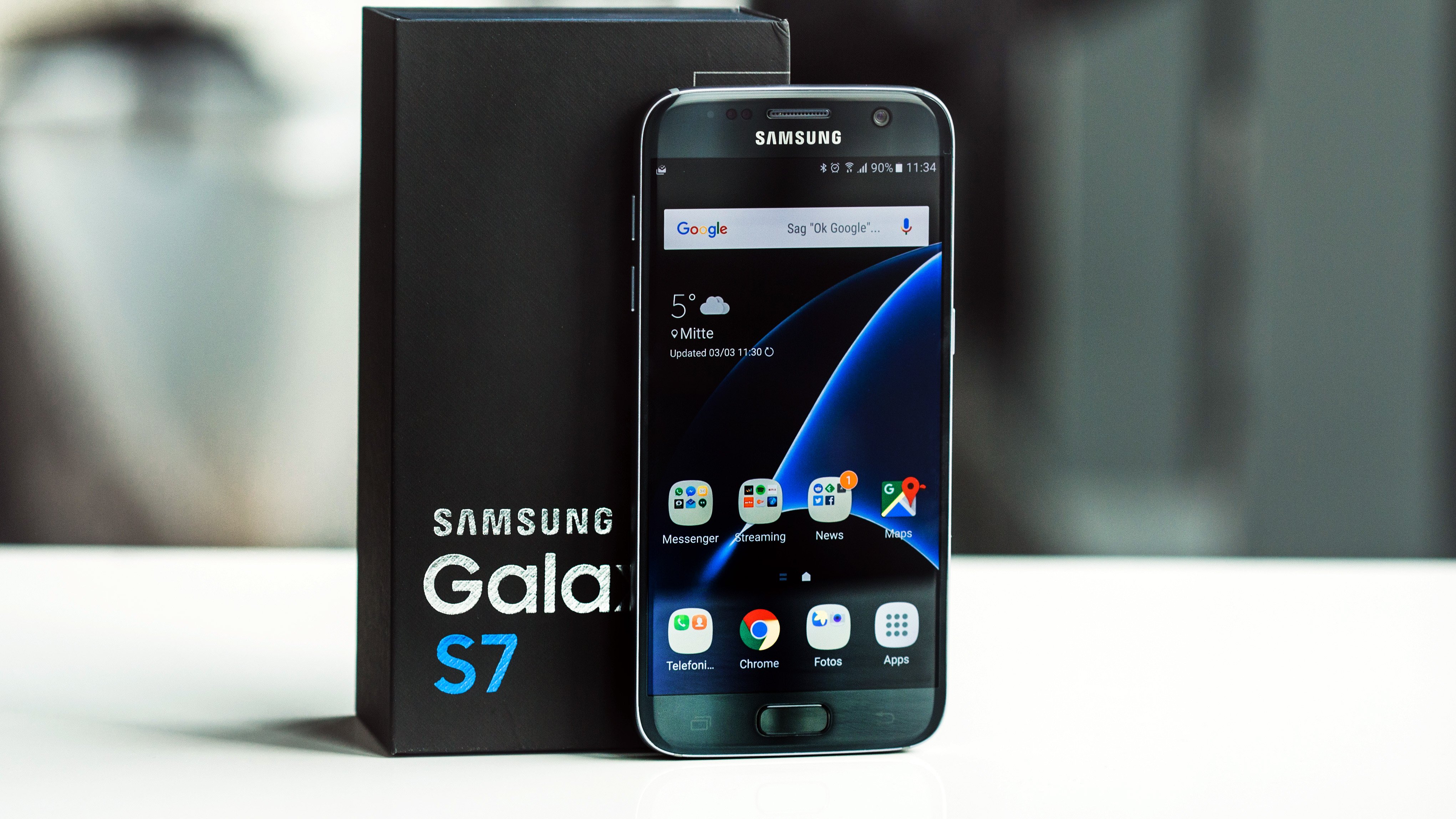Here's a big first for 2016: we have two major smartphone manufacturers launching modular flagships. Not all "modular," though, is created equal. Let's break down the specs, features and different takes on swapping out parts with the
Moto Z and
LG G5.
Size
The Moto Z is 3 percent taller and a hair wider than the LG G5.
The most striking number here is the Moto Z's thickness: at a ridiculous 5.2 mm, it's 32 percent thinner than the G5. That doesn't include any Moto mods attached though (we'll explain that in a second), so you only get that svelte measurement if you use the phone "naked."
Weight
That crazy-thin Moto Z is also crazy-light, coming in at 15 percent lighter than the G5.
The same asterisk applies here, though, as any mods you snap onto the Moto will add to its weight.
Build
Motorola describes the Z as being made of aluminum and stainless steel. The G5, like most of today's flagships, sticks with only the former.
Modular
As you know both phones let you customize (and re-customize) to your taste by adding on or swapping out parts.
The two approaches, however, are radically different. The Moto Z has the simpler and more elegant angle, as you just snap a "Mod" onto its backside (strong magnets snap and hold it in place) to add a new look or function. On the G5, you have to yank off the phone's entire bottom section ("chin"), which pulls the battery out with it.
Modular swap w/o powering down
This is an odd category, but we think it's worth throwing in to illustrate a key byproduct of the two different approaches. On the Moto Z, you can snap on a new mod without skipping a beat. On the G5, though, you have to power down the phone every time to swap out (since the battery comes out with each one).
Advantage, Moto Z.
Colors
There are actually more than these four color options for the Moto Z, since some of its mods ("Style Shells") add a completely different color or material.
Display size
The Moto Z gives you an 8 percent bigger display.
Display resolution
With a slightly smaller screen and the same resolution, the G5's pixel density comes out 4 percent sharper.
Display type
Similar to Samsung vs. iPhone display panels, we have
AMOLED vs. IPS here.
Always-on display
Similar to the
Galaxy S7, the LG G5 can flash pertinent info like time and date on an otherwise black screen.
Fingerprint sensor
As with just about every flagship today, both of these have fingerprint sensors – though the G5's is on its back, while the Moto Z's is on its front. The Moto's doesn't double as a home button, though, like iPhones and Galaxies; instead it's also a sleep/wake/power button.
HiFi music
LG's optional B&O Play module adds an amplifier and 32-bit DAC to the G5, making it one of the best phones for audiophiles. The only catch is that this module, oddly, isn't yet available in the US – with no confirmation it ever will be.
It's hard to get too excited about LG's modular flagship when there's only one modular accessory (Cam Plus, more on that in a minute) available in the US.
Projector
This is one of the more niche mods for the Moto Z: a thick and beefy add-on will let the phone project its screen as a 70-inch image on a nearby wall.
Boom box
Another Moto Z mod turns the phone into a powerful little boom box, including a kickstand to prop it up.
Storage
In terms of internal storage, LG stuck with just the one 32 GB tier.
MicroSD
Fortunately both phones have expandable microSD slots.
Processor
In both cases, you're looking at a super-fast Snapdragon 820 chip.
RAM
RAM is also even at a nice 4 GB.
Camera megapixels
The G5 has the advantage in camera resolution, but that doesn't necessarily mean it will take better shots.
Camera aperture (rear)
Aperture is also equally wide, suggesting they may have similar low-lit capabilities (though this too is determined by other factors).
Battery
The G5 has an 8 percent bigger battery inside, but both give you options. One of the Moto Z's mods (Incipio OffGrid) is essentially a built-in battery case, which adds an extra 2,220 mAh to its total.
LG's Cam Plus module (which adds a better grip for photography, along with physical camera buttons) gives it an extra 1,200 mAh.
Removable battery
Like Android phones of old, one of the LG G5's tricks is that you can swap out its battery for an identical one. Stagger a few of these together and the phone can keep chugging along for days.
Fast charging
 Like all modern Android flagships, both support quick charge tech – so you can juice it up much faster than an iPhone would.
Like all modern Android flagships, both support quick charge tech – so you can juice it up much faster than an iPhone would.
Wireless charging
Neither phone has built-in wireless charging, but one of the two Incipio OffGrid battery mods for the Moto Z adds this funtionality.
Software
The Moto Z's software is very close to stock Android (Motorola's customizations tend to be more about useful new features than changing Google's core look or feel), while the G5 uses a (less pleasing, in our opinion) custom UI.
Release
The G5 has been around for a few months, while the Moto Z will first appear on Verizon sometime within the next couple of months. It sounds like that timed exclusivity ends in September, when the phone ships to other carriers, along with an unlocked global model.
Starting price (full retail)
We still don't know what the Moto Z, or its mods, will cost. Since the prices of add-ons can add up, it would be nice to see Motorola go aggressive here, with something in the US$450-550 range for the base phone. We'll see.































































